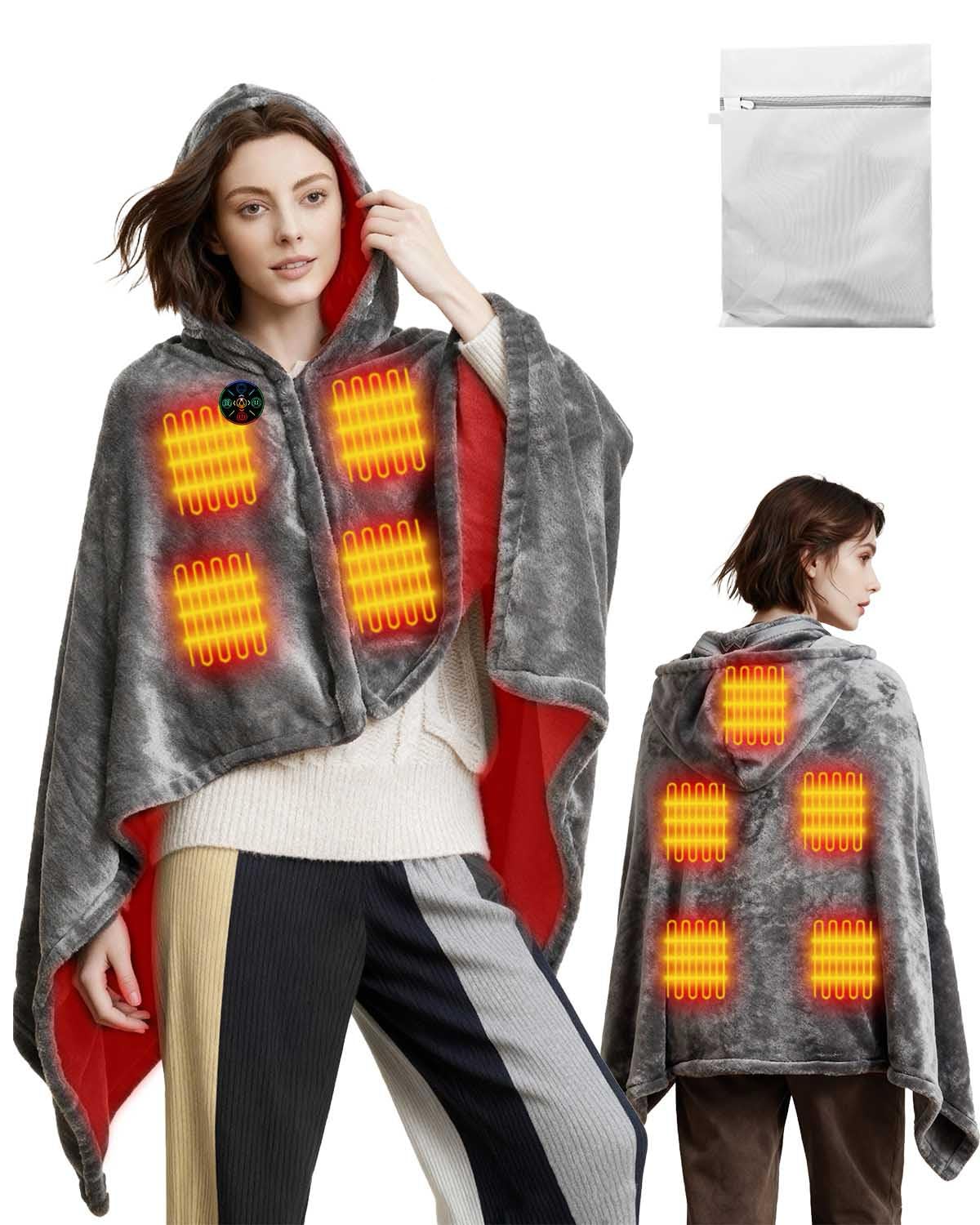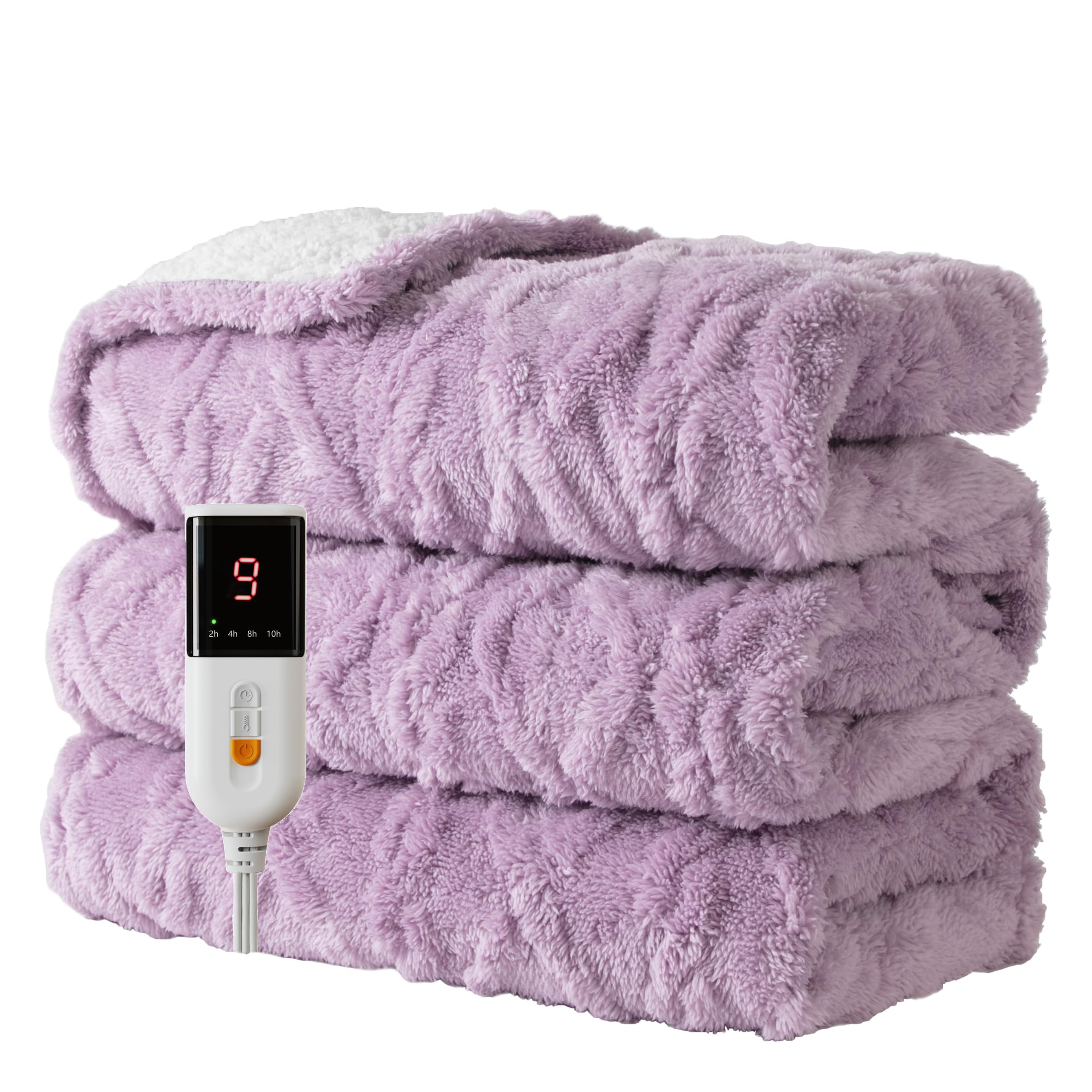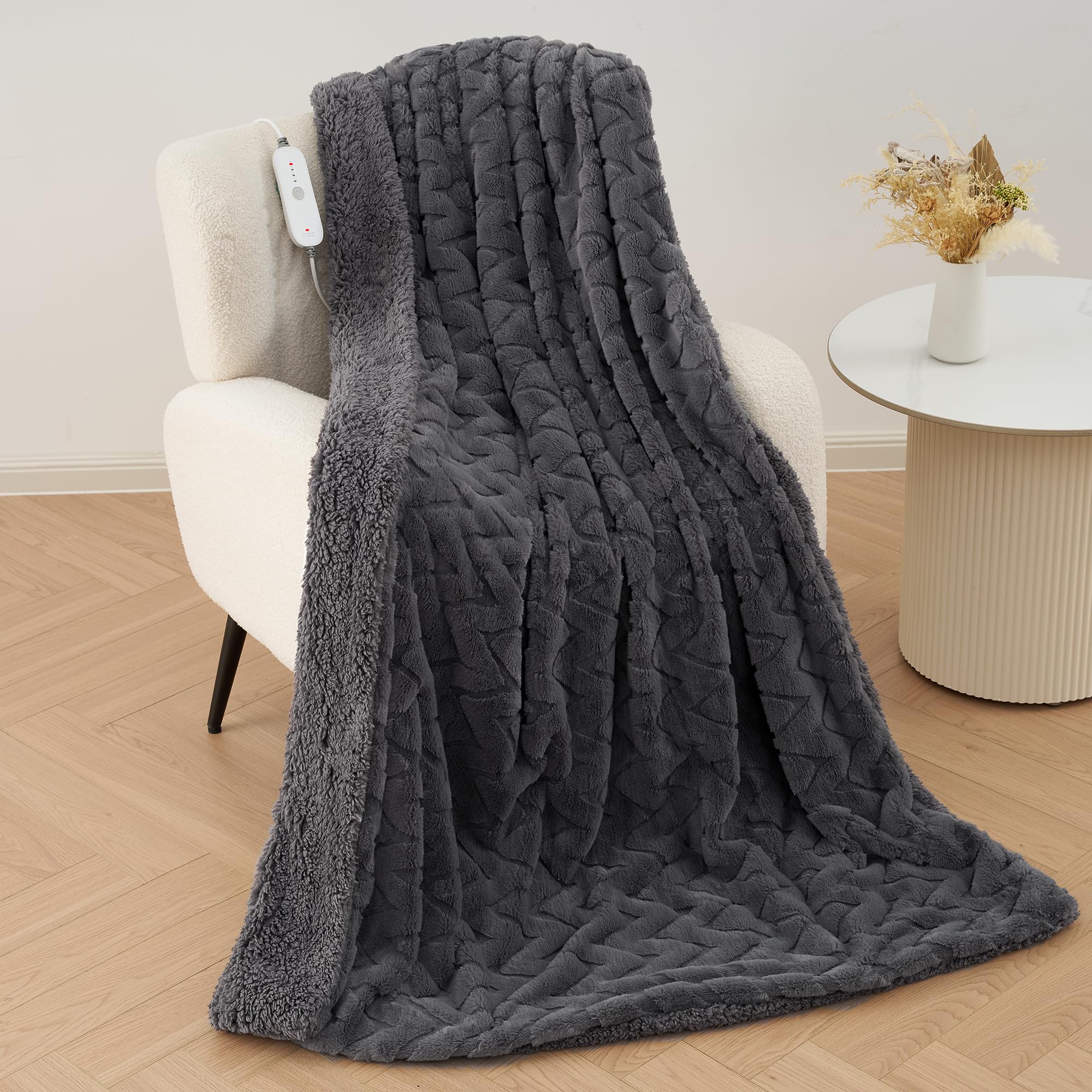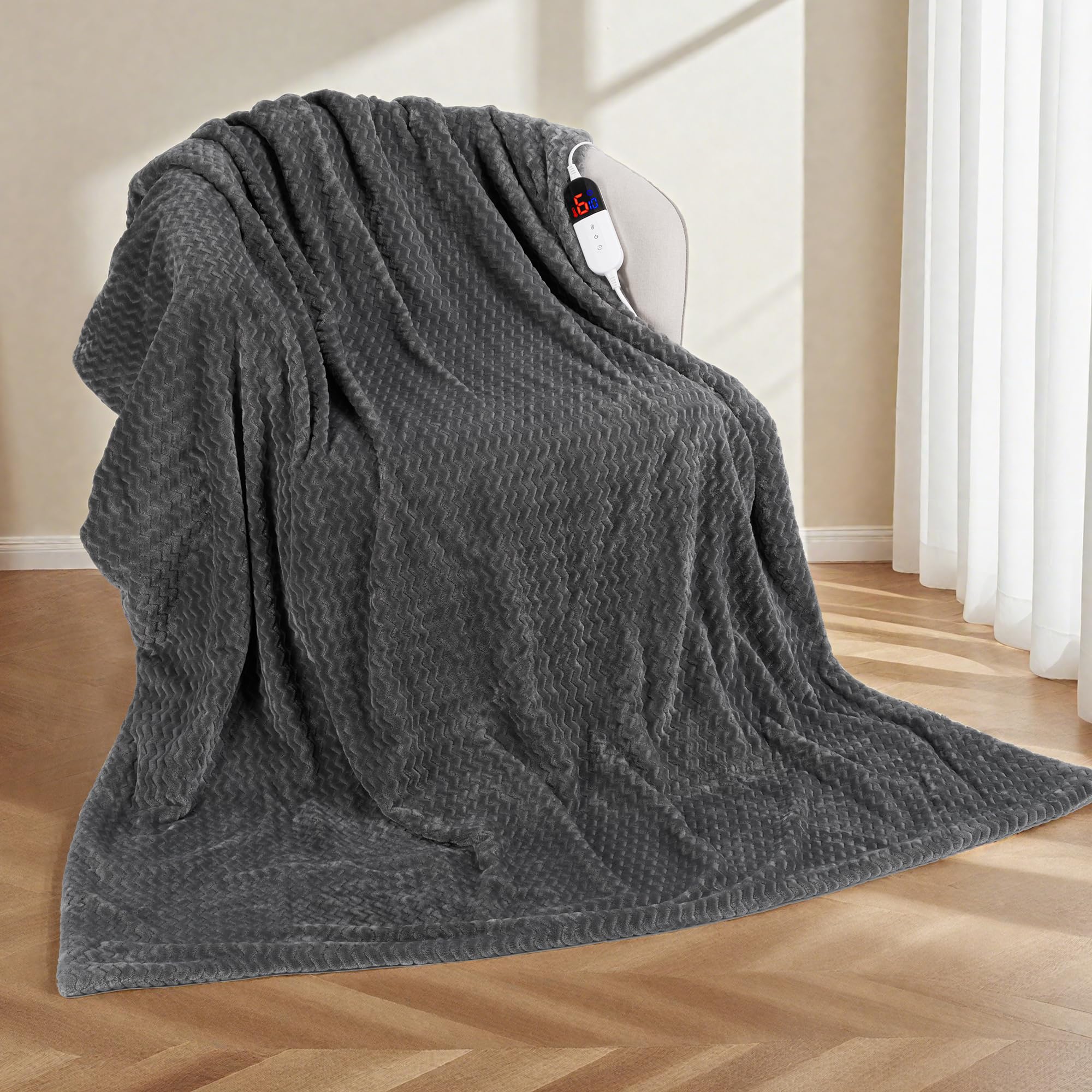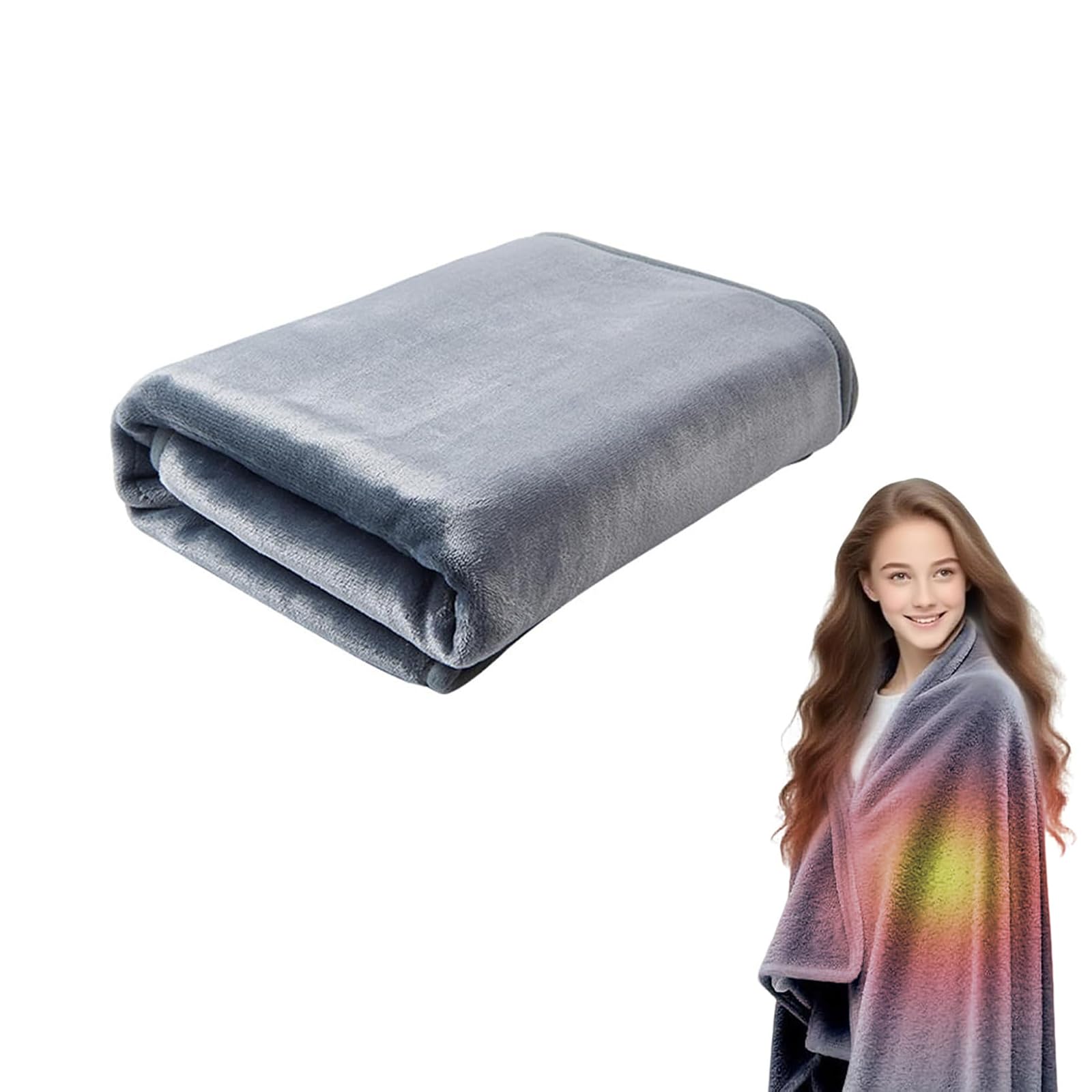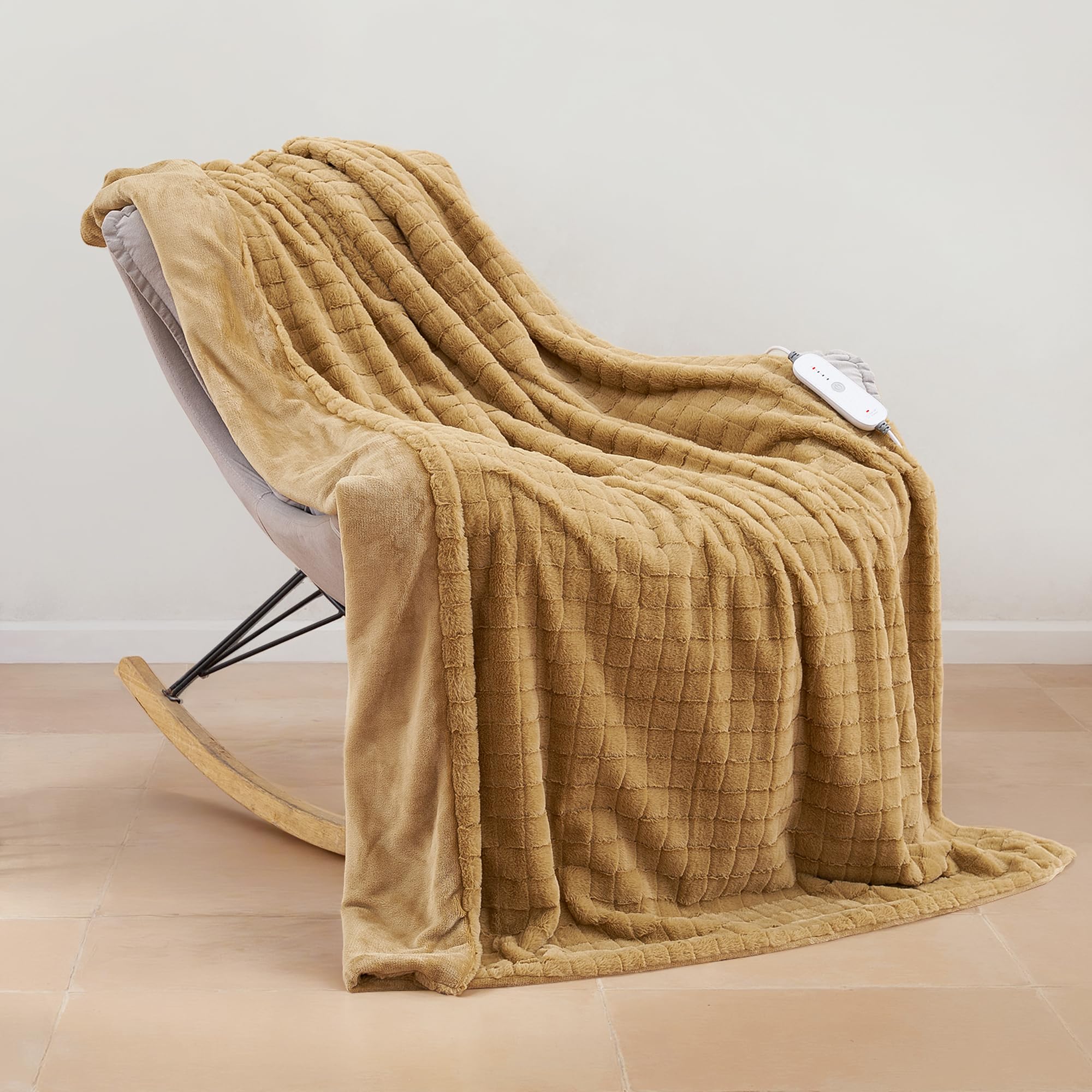Heated throws can keep you cosy for pennies while you relax on the sofa or read in bed. This guide compares their running costs with central heating, shows how to set up a room so low settings feel warmer, and shares practical safety and care tips for UK homes.
Sofa evenings feel warmer with heated throws that work on low.
Typical wattage and what that means for cost
Most heated throws draw between 80 and 150 watts on a steady setting. At 28 p per kWh, 100 watts for two hours costs around 5.6 p. A three-hour film night at the same setting would be about 8.4 p. Exact figures depend on your tariff and your controller level, but you can see how focused heat can be very affordable.
Heated throws vs central heating
Radiators and boilers heat the room, fabric, and air. That broader warmth can be helpful for groups or longer evenings, yet it draws far more energy than a small resistive heater inside a throw. For one or two people on the sofa, a throw warms you directly, so a low setting can feel toasty even if the room is a degree or two cooler.
Spot-heating strategies for cosy evenings
Layer a heated throw over a breathable cotton top. Keep feet warm with socks or a light blanket under the throw so heat stays near your core. If your room is draughty, close curtains at dusk and block obvious floor gaps with a simple draught excluder. These small steps mean you can keep the controller at a lower setting without sacrificing comfort.
When central heating still makes sense
If you are hosting guests, working at a desk for hours, or tackling persistent damp, a short heating cycle can be appropriate. Many UK households use a blended approach: warm the room briefly so it feels welcoming, then rely on a heated throw to maintain personal comfort with a tiny running cost.
Choosing a throw that suits your routine
Prioritise even heating, a soft fabric that feels good against the skin, and a controller with clear low settings and a timer. Larger throws are versatile for the sofa and the bed. If you prefer a lighter feel, choose a thinner fabric that pairs well with your existing blankets.
Safety and basic care
Keep the throw flat when in use and avoid trapping the controller under your body. Disconnect the controller before washing, use a gentle cycle with mild detergent, and dry flat. Inspect the cable and connector at the start of the season. If you notice fraying, odd smells, or irregular heat, stop using it and replace it.
Energy‑savvy models with easy‑care fabrics feature in heated throws for warm evenings at home; for targeted warmth in bed, many homes use electric blankets that pre‑heat quickly.
FAQs
How much does a heated throw cost to run?
At common UK tariffs, a 100 W throw costs only a few pence per hour. Multiply watts by hours, divide by 1000, then multiply by your kWh price to get your exact cost.
Will a throw warm the whole room?
No, it warms you directly. That is why it is so efficient for one or two people. If the room feels chilly, consider a short heating cycle, then rely on the throw for the rest of the evening.
Is it safe to fall asleep under a heated throw?
Use the timer and follow the brand’s guidance. Many people use throws while reading, then turn them off for sleep. If you prefer warmth in bed, an underblanket with a timer may suit you better.
